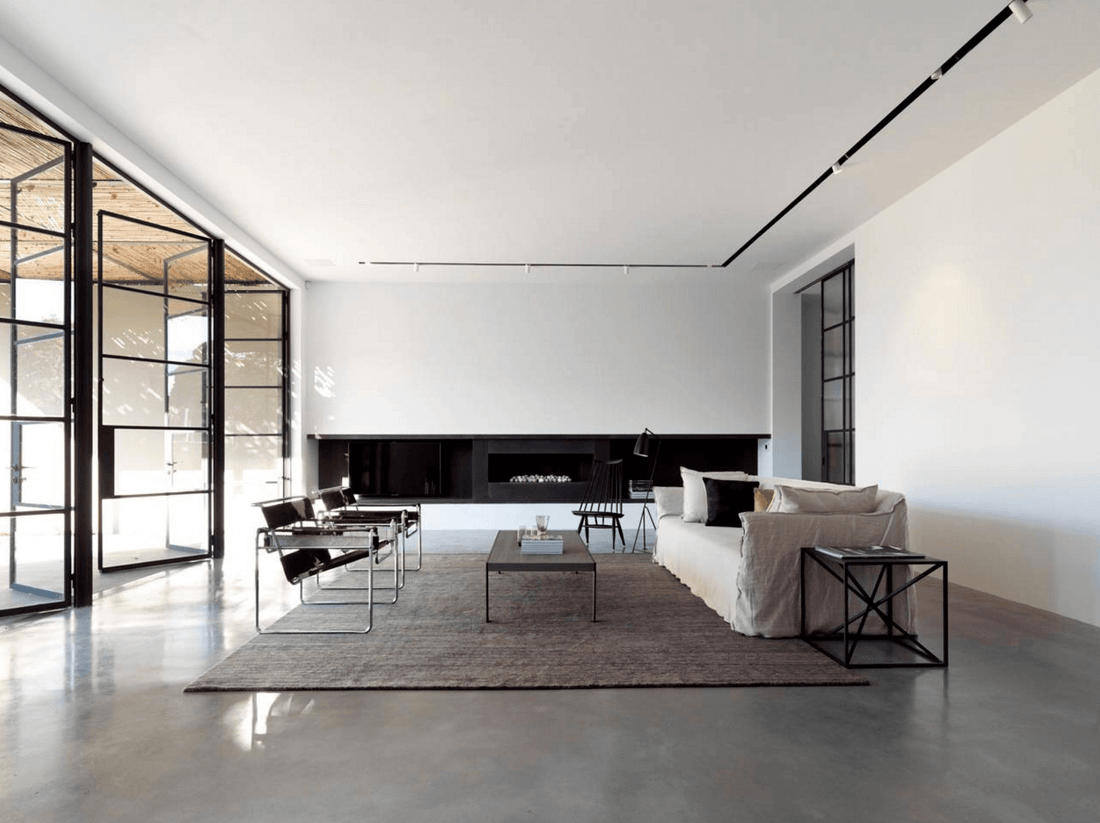
Elegance in Simplicity: Exploring the Allure of Minimalist Interior Design
Minimalist interior design, a celebration of simplicity and functionality, has gained immense popularity as a timeless and sophisticated style. Embracing the less-is-more ethos, this design philosophy focuses on decluttered spaces, clean lines, and a curated selection of essential elements. As we delve into the world of minimalist interior design, we'll explore its key principles, the art of balance, and how to create serene and visually impactful living spaces that stand the test of time.
The Essence of Minimalist Interior Design
At its core, minimalist interior design is a reflection of the adage "form follows function." The emphasis lies on creating spaces that serve a purpose while eschewing excess ornamentation. This design philosophy is not about emptiness but rather about crafting a canvas where each element matters and contributes to the overall visual harmony.
Key Principles of Minimalist Design
-
Simplicity: Minimalism thrives on simplicity. The design is stripped of unnecessary embellishments, allowing the core elements to shine. Clean lines, uncluttered surfaces, and an absence of excess decoration define this aesthetic.
-
Neutral Color Palette: A neutral color palette, featuring shades of white, beige, gray, and black, is a hallmark of minimalist design. These colors create a serene and calming backdrop that enhances the sense of space.
-
Functional Furniture: Furniture in minimalist interiors serves a purpose beyond aesthetics. Pieces are chosen for their utility and simplicity. Multi-functional furniture and built-in storage solutions are often favored.
-
Negative Space: Negative space, also known as whitespace, is integral to minimalist design. It allows the eye to rest and appreciate the elements that are present. Embracing negative space creates a sense of openness and tranquility.
-
Quality over Quantity: In minimalist design, the focus is on quality rather than quantity. Select a few well-crafted and timeless pieces that speak to your aesthetic and needs.
-
De-cluttered Surfaces: Clear surfaces contribute to the uncluttered ambiance of minimalist spaces. Keep only essential items visible and store away objects that do not serve a functional or aesthetic purpose.
The Art of Balance and Contrast
While minimalism celebrates simplicity, achieving a captivating minimalist interior requires a careful balance of elements and a play of contrasts. It's about crafting a space that is visually compelling despite its restrained nature.
-
Texture Play: Minimalist interiors often rely on texture to add depth and interest. Mix textures such as smooth surfaces, matte finishes, and tactile fabrics to create a visually engaging environment.
-
Contrasting Tones: Introduce subtle contrasts within the neutral color palette. This can be achieved through variations in shades and hues, creating a nuanced interplay of light and shadow.
-
Focal Points: A minimalist space can benefit from a carefully chosen focal point. It could be a piece of statement furniture, an artwork, or a unique architectural feature that draws the eye.
-
Natural Elements: Infuse nature into your minimalist interior through materials like wood, stone, and plants. These elements provide warmth and a touch of organic beauty.
Creating a Minimalist Haven
-
Start with a Blank Canvas: Begin by decluttering your space and creating a blank canvas. Remove unnecessary items and evaluate what truly adds value to the room.
-
Select a Neutral Palette: Choose a neutral color palette as the foundation. Whites, beiges, and grays provide a serene backdrop that allows other elements to shine.
-
Choose Functional Furniture: Opt for furniture that prioritizes function and clean lines. Look for pieces that serve dual purposes or have a sleek and understated design.
-
Embrace Negative Space: Allow for ample negative space to give the room breathing room. Avoid overfilling shelves, surfaces, and walls.
-
Curate Thoughtfully: When adding decor, be selective. Each item should contribute to the overall design and hold personal significance.
Minimalism Beyond Aesthetics
Minimalist interior design extends beyond aesthetics; it embodies a lifestyle characterized by intentionality, mindfulness, and a focus on what truly matters. By simplifying your surroundings, you create a space that fosters clarity of thought and a sense of calm. This design philosophy encourages us to question what we surround ourselves with and to appreciate the beauty in simplicity.
Whether you're drawn to the sleek elegance of a monochromatic scheme or the soothing embrace of natural materials, minimalist interior design offers a versatile canvas for personal expression. It's an invitation to live with intention and create environments that align with your values. As you navigate the world of minimalist design, remember that true beauty often lies in the restraint, in the space between objects, and in the serenity that emanates from a well-curated and purposeful living space.
